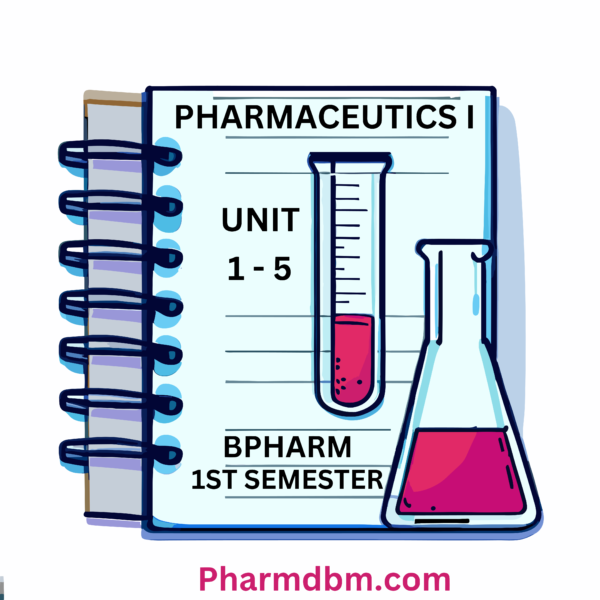
Free Download Pharmaceutics 1 Notes in pdf – Bpharm 1st Semester. High quality, well-structured, and Standard Notes that are easy to remember.
Welcome to Pharmdbm.com
Pharmdbm provides standard or well-structured Notes for Bpharm students. The notes are free to download. Each semester notes of Bpharm are available on www.pharmdbm.com.
In this post you can download notes of Pharmaceutics 1 (BP103T). All units are available to download for free.
Pharmaceutics 1 Notes Unit 1 – 5
UNIT – 1
Historical background and development of profession of pharmacy, Dosage forms, Prescription, Posology
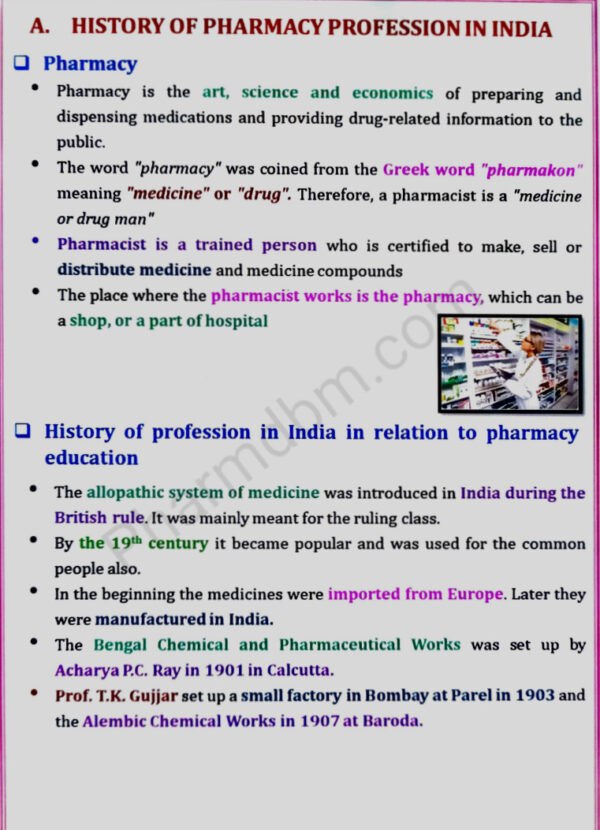
UNIT – 2
Pharmaceutical calculations, Powders, Liquid dosage forms
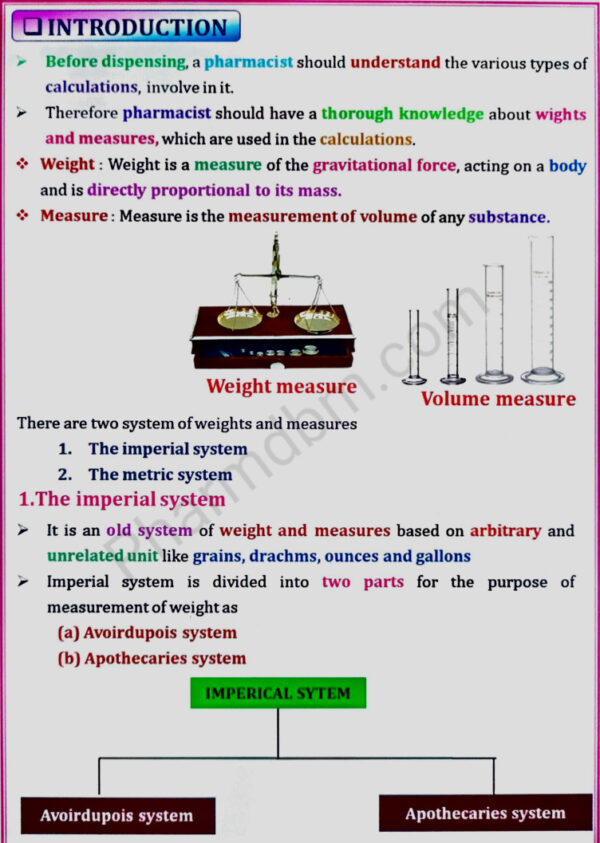
UNIT – 3
Monophasic liquids, Biphasic liquids – suspensions & emulsions
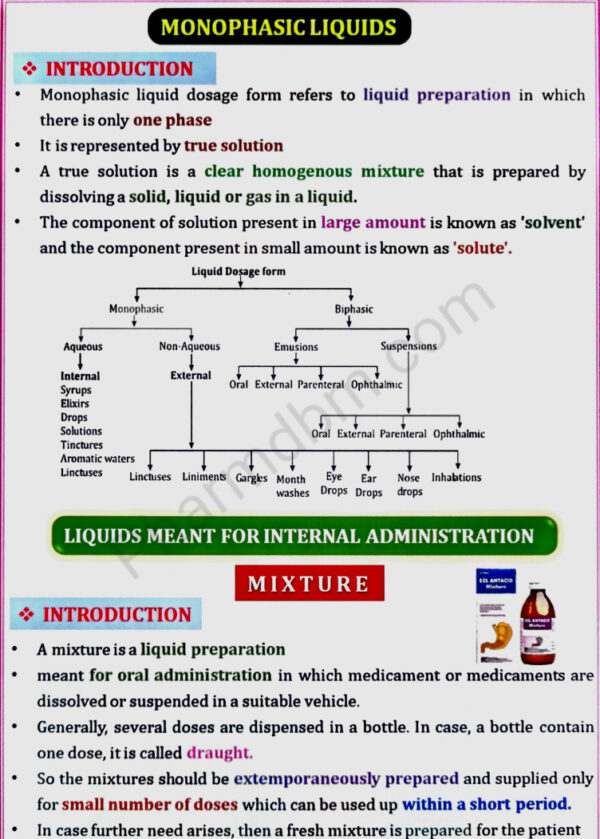
UNIT – 4
Suppositories, Pharmaceutical incompatibilities
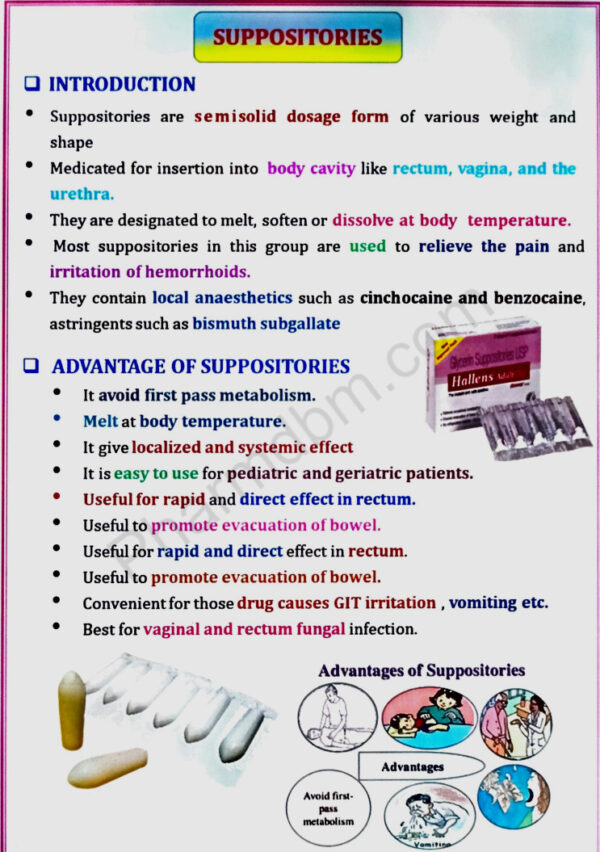
UNIT – 5
Semisolid dosage forms
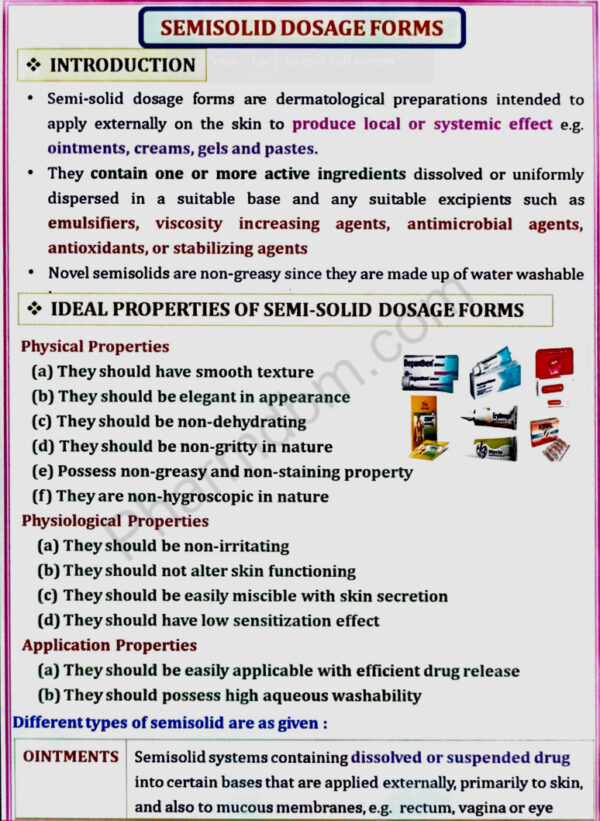
Scope of Pharmaceutics 1
This course is designed to impart a fundamental knowledge on the preparatory
pharmacy with arts and science of preparing the different conventional dosage forms.
Objectives of Pharmaceutics 1
Upon completion of this course the student should be able to:
- Know the history of profession of pharmacy.
- Understand the basics of different dosage forms, pharmaceutical incompatibilities and pharmaceutical calculations.
- Understand the professional way of handling the prescription.
- Preparation of various conventional dosage.
Syllabus of Pharmaceutics 1
UNIT – 1
Historical background and development of profession of pharmacy: History
of profession of Pharmacy in India in relation to pharmacy education, industry
and organization, Pharmacy as a career, Pharmacopoeias: Introduction to IP, BP, USP and Extra Pharmacopoeia.
Dosage forms: Introduction to dosage forms, classification and definitions
Prescription: Definition, Parts of prescription, handling of Prescription and
Errors in prescription.
Posology: Definition, Factors affecting posology. Pediatric dose calculations
based on age, body weight and body surface area.
UNIT – 2
Pharmaceutical calculations: Weights and measures – Imperial & Metric
system, Calculations involving percentage solutions, alligation, proof spirit and
isotonic solutions based on freezing point and molecular weight.
Powders: Definition, classification, advantages and disadvantages,Simple &
compound powders – official preparations, dusting powders, effervescent,
efflorescent and hygroscopic powders, eutectic mixtures. Geometric dilutions.
Liquid dosage forms: Advantages and disadvantages of liquid dosage forms.
Excipients used in formulation of liquid dosage forms. Solubility enhancement
techniques
UNIT – 3
Monophasic liquids: Definitions and preparations of Gargles, Mouthwashes,
Throat Paint, Eardrops, Nasal drops, Enemas, Syrups, Elixirs, Liniments and
Lotions.
Biphasic liquids –
Suspensions: Definition, advantages and disadvantages, classifications,
Preparation of suspensions; Flocculated and Deflocculated suspension & stability
problems and methods to overcome.
Emulsions: Definition, classification, emulsifying agent, test for the identification
of type ofEmulsion, Methods of preparation & stability problems and methods to
overcome.
UNIT – 4
Suppositories: Definition, types, advantages and disadvantages, types of bases,
methods of preparations. Displacement value & its calculations, evaluation of
suppositories.
Pharmaceutical incompatibilities: Definition, classification, physical, chemical
and therapeutic incompatibilities with examples.
UNIT – 5
Semisolid dosage forms: Definitions, classification, mechanisms and factors
influencing dermal penetration of drugs. Preparation of ointments, pastes, creams
and gels. Excipients used in semi solid dosage forms. Evaluation of semi solid
dosages forms


